 W
WGabriel Biel, was a German scholastic philosopher and member of the Canons Regular of the Congregation of Windesheim, who were the clerical counterpart to the Brethren of the Common Life.
 W
WHieronymus Brunschwig or Hieronymus Brunschwygk was a German surgeon, alchemist and botanist. He was notable for his methods of treatment of gunshot wounds and for his early work on distillation techniques. His most influential book was the Liber de arte distillandi de simplicibus.
 W
WConrad Celtes was a German Renaissance humanist scholar and poet of the German Renaissance born in Franconia. He led the theatrical performances at the Viennese court and reformed the syllabi. In 1500, he published Tacitus' "Germania" and his rediscovered works and wrote the "Quatuor libri amorum" in 1500, after the model of Ovid.
 W
WJohannes Engel, also known as Johannes Angelus, was a doctor, astronomer and astrologer from Aichach, near Augsburg, which at that time was a Free Imperial City within the Holy Roman Empire. He practiced medicine in Vienna, and published numerous almanachs, planetary tables and calendars. His Astrolabium planum was published by Erhard Ratdolt of Augsburg in 1488; a second edition was printed by Johann Emerich for Lucantonio Giunti in Venice in 1494.
 W
WHans Folz was a German author of the late medieval or early Renaissance period.
 W
WJohann Heynlin, variously spelled Heynlein, Henelyn, Henlin, Hélin, Hemlin, Hegelin, Steinlin; and translated as Jean à Lapide, Jean La Pierre , Johannes Lapideus, Johannes Lapidanus, Johannes de Lapide was a German-born scholar, humanist and theologian, who introduced the first printing press in France (Paris) in 1470.
 W
WMagnus Hundt or Magnus Canis, also known as Parthenopolitanus, was a German philosopher, physician and theologian. Hundt coined the term anthropology, and he and Otto Casmann have been mentioned as founders of anthropology since they used the term in the 16th century.
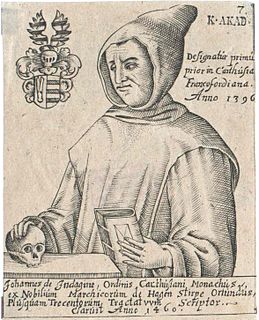 W
WJohannes de Indagine, also known as Johannes Indaginis, John of Hagen, otherwise Johannes Bremer von Hagen was a German Carthusian monk, a reforming theologian and theological author.
 W
WJohannes Knolleisen was a German theological professor.
 W
WHeinrich Kramer, also known under the Latinized name Henricus Institor, was a German churchman and inquisitor. With his widely distributed book Malleus Maleficarum (1487), which describes witchcraft and endorses detailed processes for the extermination of witches, he was instrumental in establishing the period of witch trials in the early modern period.
 W
WKonrad Kyeser was a German military engineer and the author of Bellifortis, a book on military technology that was popular throughout the 15th century. Originally conceived for King Wenceslaus, Kyeser dedicated the finished work to Rupert of Germany.
 W
WBartholomäus Metlinger was a German physician of the late Middle Ages.
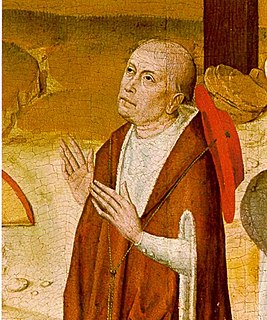 W
WNicholas of Cusa, also referred to as Nicholas of Kues and Nicolaus Cusanus, was a German philosopher, theologian, jurist, mathematician and astronomer. One of the first German proponents of Renaissance humanism, he made spiritual and political contributions in European history. A notable example of this is his mystical or spiritual writings on "learned ignorance," as well as his participation in power struggles between Rome and the German states of the Holy Roman Empire.
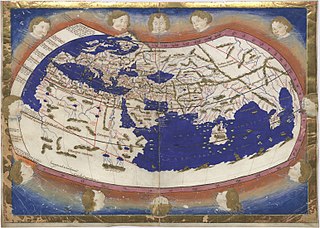 W
WNicolaus Germanus was a German cartographer who published an edition of Jacopo d'Angelo's Latin translation of Ptolemy's Geography. He also created two globes depicting earth and sky in 1477, predating Martin Behaim's Erdapfel.
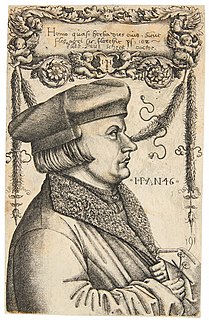 W
WJohannes (Josef) Pfefferkorn (1469–1523) was a German Catholic theologian and writer who converted from Judaism. Pfefferkorn actively preached against the Jews and attempted to destroy copies of the Talmud, and engaged in a long running pamphleteering battle with humanist Johann Reuchlin.
 W
WJohannes Müller von Königsberg, better known as Regiomontanus, was a mathematician, astrologer and astronomer of the German Renaissance, active in Vienna, Buda and Nuremberg. His contributions were instrumental in the development of Copernican heliocentrism in the decades following his death.
 W
WJohann Reuchlin was a German-born Catholic humanist and a scholar of Greek and Hebrew, whose work also took him to modern-day Austria, Switzerland, and Italy and France. Most of Reuchlin's career centered on advancing German knowledge of Greek and Hebrew.
 W
WUlrich of Richenthal was a chronicler of the Council of Constance.
 W
WJacob Sprenger was a Dominican inquisitor and theologian principally known for his association with an infamous witch-phobic work from 1486, Malleus Maleficarum. He was born in Rheinfelden, Further Austria, taught at the University of Cologne, and died in 1495 in Strasbourg.
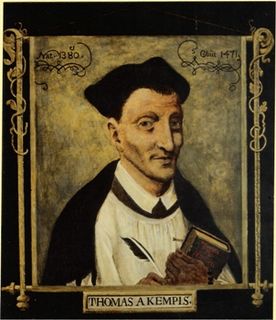 W
WThomas à Kempis was a German-Dutch canon regular of the late medieval period and the author of The Imitation of Christ, one of the most popular and best known Christian devotional books. His name means "Thomas of Kempen", Kempen being his home town.
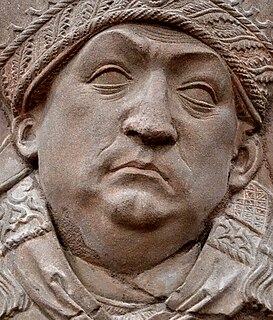 W
WJohannes Trithemius, born Johann Heidenberg, was a German Benedictine abbot and a polymath who was active in the German Renaissance as a lexicographer, chronicler, cryptographer, and occultist. He had considerable influence on the development of early modern and modern occultism. His students included Heinrich Cornelius Agrippa and Paracelsus.
 W
WJohannes Widmann was a German mathematician. The + and - symbols first appeared in print in his book Mercantile Arithmetic or Behende und hüpsche Rechenung auff allen Kauffmanschafft published in Leipzig in 1489 in reference to surpluses and deficits in business problems.
 W
WKonrad Wimpina was a German Roman Catholic theologian and humanist of the early Reformation period. He was a quiet and stubborn conservative, considered quiet but somewhat narrow. In theology he was a pupil of Martin Polich of Mellerstadt and a Thomist.
 W
WThe humanist and theologian Jacob Ziegler of Landau in Bavaria, was an itinerant scholar of geography and cartographer, who lived a wandering life in Europe. He studied at the University of Ingolstadt, then spent some time at the court of Pope Leo X before he converted to Protestantism; subsequently his geographical works were placed on the Index Librorum Prohibitorum.